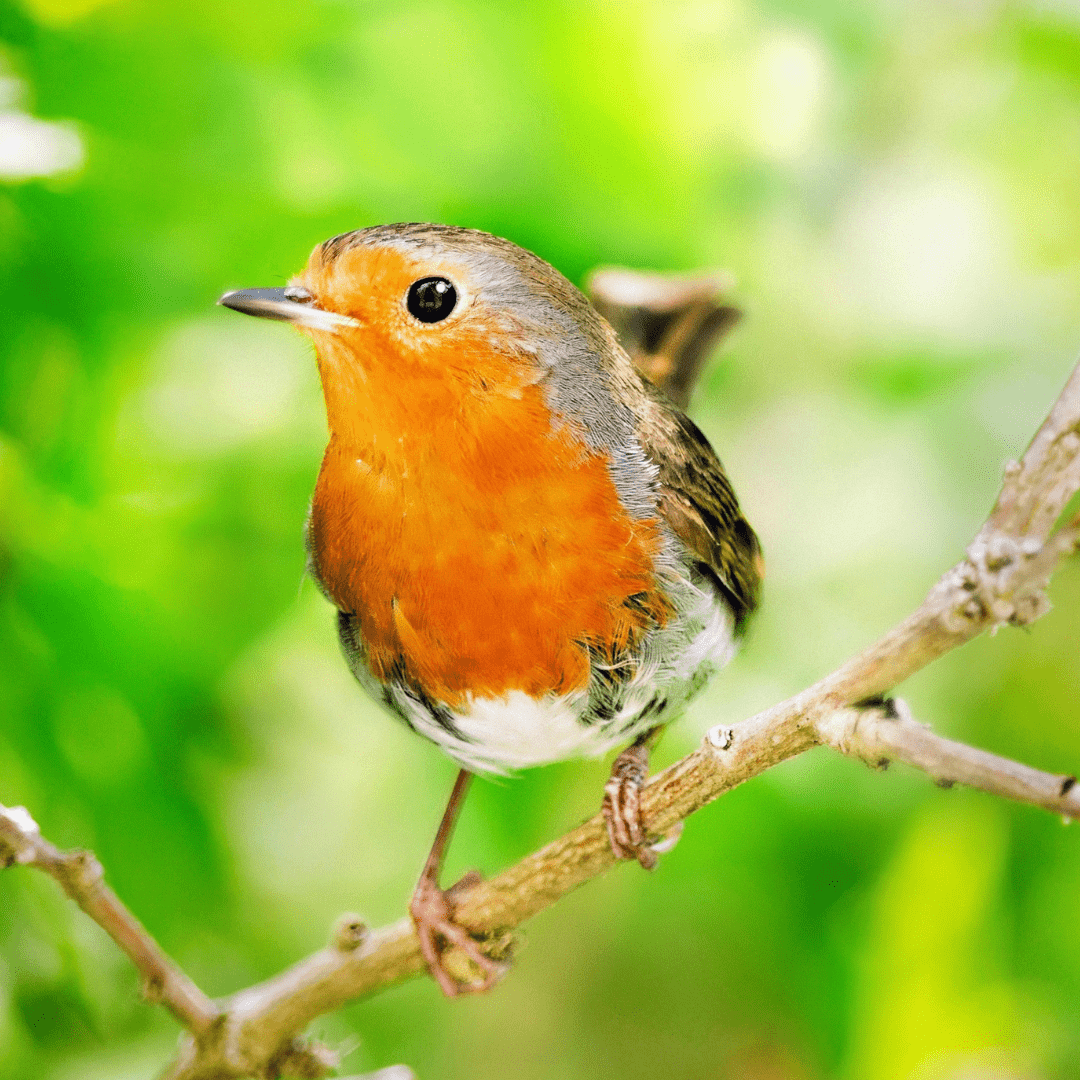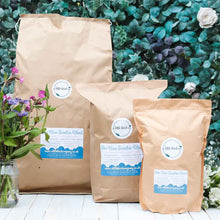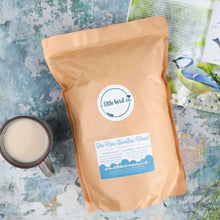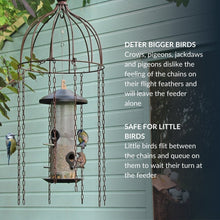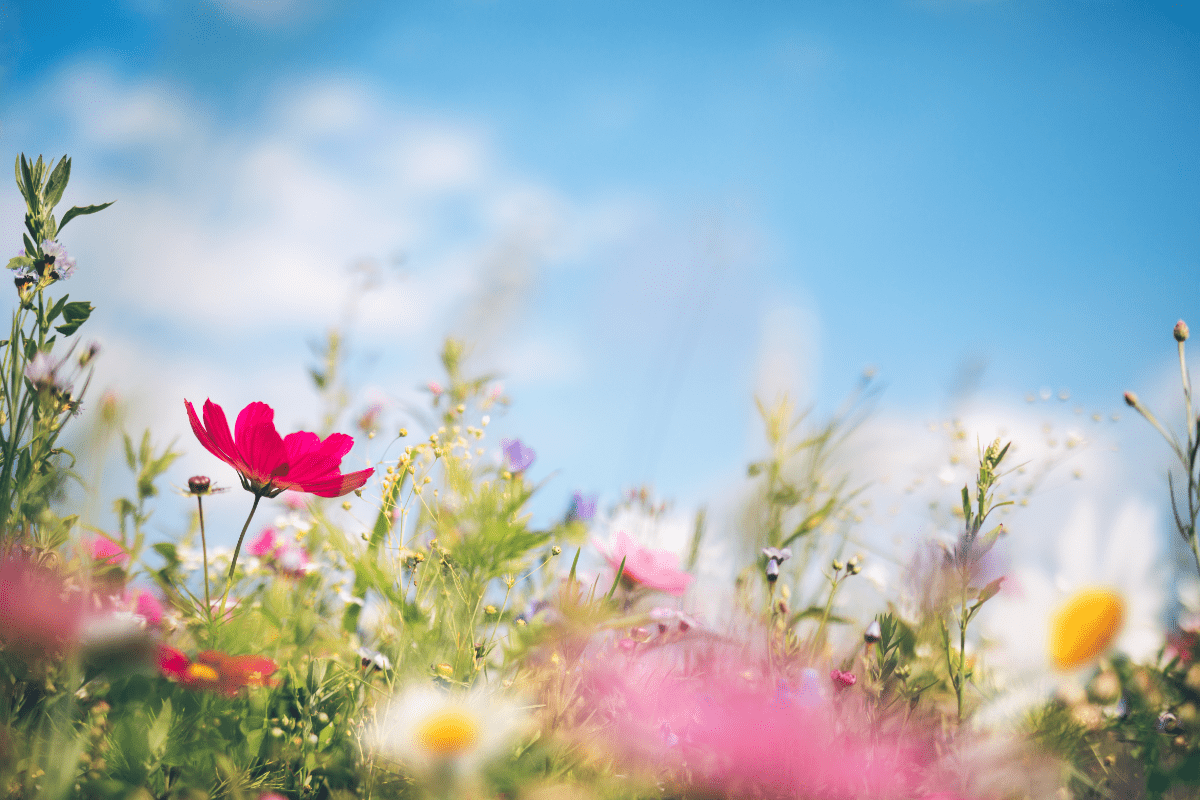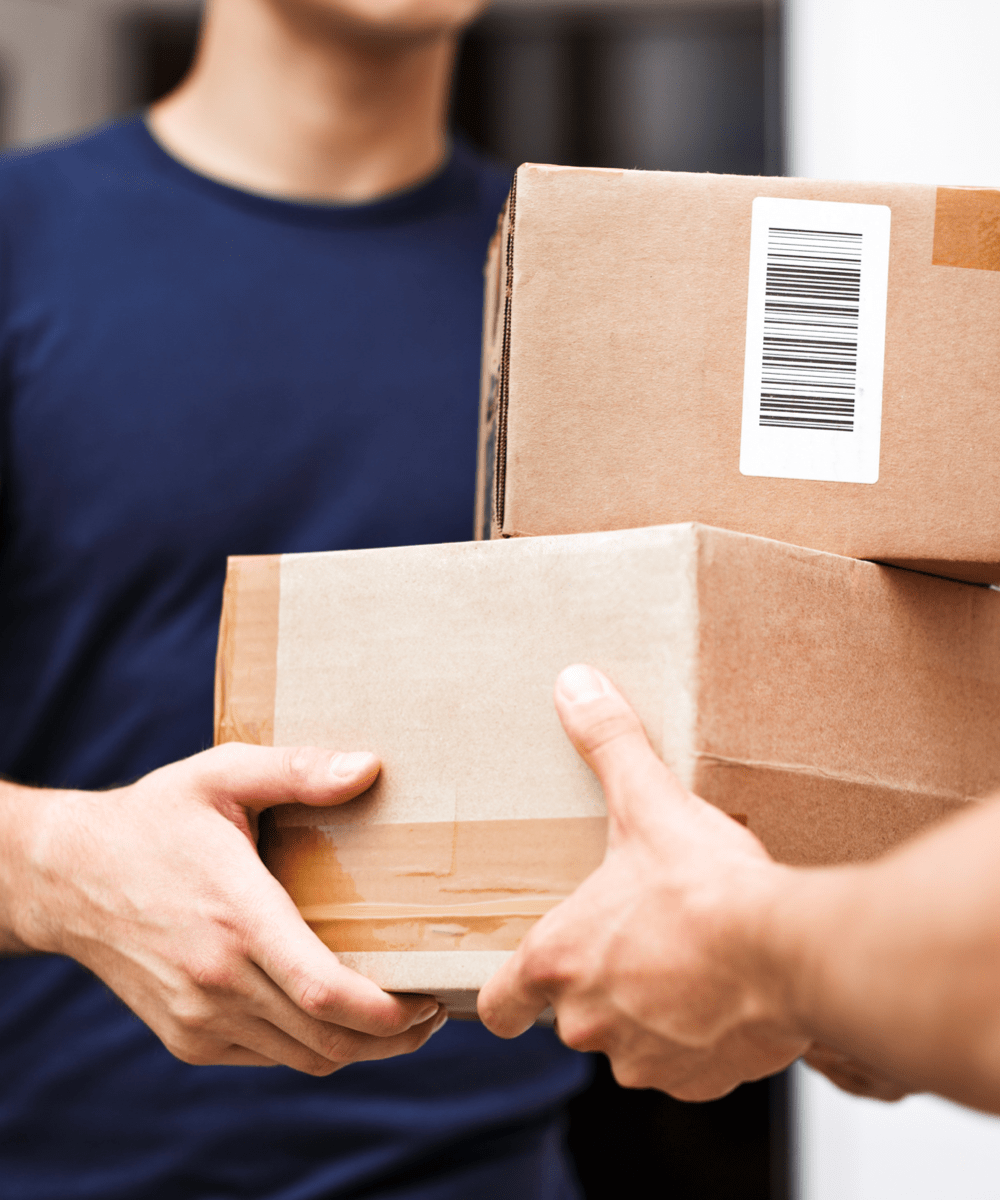Bring in the bees!
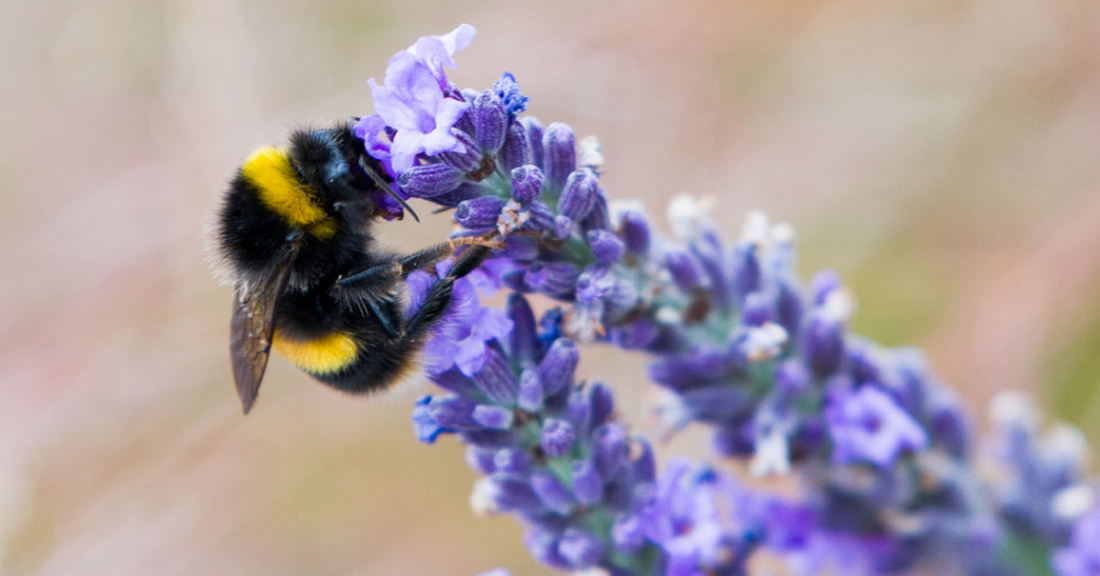
As we come into March, we should start to see the bees out and about and visiting our gardens. As wildlife lovers, we do a lot to support the birds in our gardens, and there is so much we can do in our gardens to support bees too.
Spotting Bees
There are hundreds of species of bee in the UK, and huge variations in their colouring, behaviours and food preferences. We associate bees with honey, but we only have one species of honeybee in the UK, and the vast majority live in domesticated colonies of up to 20,000. We have twenty-four species of bumblebee and they are also social insects, nesting in groups of several hundred and happily taking up residence in nestboxes. Solitary bees are the most effective pollinators we have in the UK and include mining bees (the ones responsible for excavating holes in your lawn). Not all bees are able to sting, and often it is only the females that do so when they perceive you to be a threat. If a bee stings a human, our thick skin grips onto the bee’s barbed stinger, pulling it from its abdomen – it is thought that when a bee stings another insect this does not happen. Bees are incredibly valuable to us and play a key role in food production. Our tomato, strawberry, pear and apple crops depend on bees and they keep our wildflowers going too. Bees save us £600 million every year through their pollination – if we were to do the same job ourselves it would cost upwards of £1.8 billion!
Bees in the UK
We all know that bees are a species in decline, with two species driven to extinction over the past century and one in ten species on the verge of extinction. The main reason for their decline is the largescale changes in farming – pressure from supermarkets and consumers for huge quantities of aesthetically attractive, cheap food has led to massive intensification of the way farmland is used and the mechanisation of agriculture has meant every square foot is utlisied to produce the yields expected. Density of flowering plants, use of pesticides and a reduction in shady nesting spots have all contributed to a lack of food and habitat for bees.
How can we support the bees?
Bees are well represented by charities in the UK, and there’s plenty we can do to make a real impact. One thing to consider is that not all bees travel far from home in search of food – many species prefer to stay within just 600 metres of their nest. This means we need lots of small, connected areas of bee-friendly planting. Our gardens, balconies, window boxes and allotments are perfect for creating these urban pollinator corridors.
We’ve all heard the advice to leave at least part of our outdoor space a little wild – whether it’s a patch of uncut lawn or a scruffier corner of the garden. But we can also support bees with thoughtful planting. Bees need access to flowers from March to October to see them through their lifecycle, and fortunately, many of the plants that help them thrive also look beautiful in bloom.
Aim for single flowers wherever possible, as many bee species have short tongues and can’t reach nectar through dense double blooms. In spring, try hellebores, forget-me-nots, wallflowers, sweet rocket, honesty and crocuses. As the weather warms up, borage, wild strawberries, foxgloves, geraniums, lavender and hebe are all excellent choices – they’ll keep your garden buzzing and looking fantastic.
To carry the support into autumn, look to catmint, cosmos, dahlias, verbena, sunflowers and Michaelmas daisies. Even a few small pots of thyme, rosemary, mint, chives and sage near your outdoor dining area can make a difference – they’re great for pollinators and useful in the kitchen too.
We also stock Seedball tins on the website, which contain a carefully selected blend of wildflower seeds loved by bees. They’re easy to use – just scatter in a border or container, water well and wait. Each seed is wrapped in clay and dusted with chilli powder to protect it from birds and slugs, so there’s no need for extra fuss.
Sometimes, bee-friendly gardening is as much about what we don’t remove as what we plant. Dandelions may not be everyone’s favourite, but they’re a brilliant early food source when little else is flowering. You can also support bees by adding a water supply – ideally something shallow with a gentle entry slope or pebbles for them to perch on. Our Oasis bird bath is ideal for this.
If you’re keen to go one step further, a bee hotel makes a brilliant addition to a quiet, shady corner of the garden. A simple pile of logs, twigs or straw can also work beautifully. And perhaps the most impactful change we can all make is to ditch the pesticides – many are devastating to bee and bird populations alike.
For those wanting to take action on a wider scale, there’s brilliant support available. The Bee Friendly Trust (beefriendlytrust.org) installs flowering planters and mini orchards on railway platforms, helping bees and brightening commuter spaces. The Bumblebee Conservation Trust (bumblebeeconservation.org) runs major conservation projects and offers helpful resources and memberships.
The British Bee Charity (britishbeecharity.com) and the British Beekeeping Association (bbka.org.uk) can guide you if you’re thinking about keeping a hive. And Grow Wild (growwilduk.com), in partnership with Kew Gardens, helps communities to establish wildflower spaces together.
You can even get involved locally by petitioning your council to mow grass verges less often or adopting a patch of disused land to replant with native wildflowers. If you’d like to see a wildflower meadow in person for inspiration, the Wildlife Trust website has a brilliant tool to help you find one near you.
I am motivated to add more bee friendly flowers to the garden and I would love to hear about how you plan to look after the bees in your garden this spring.




